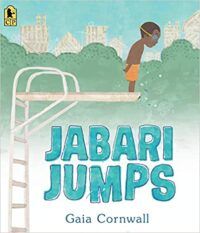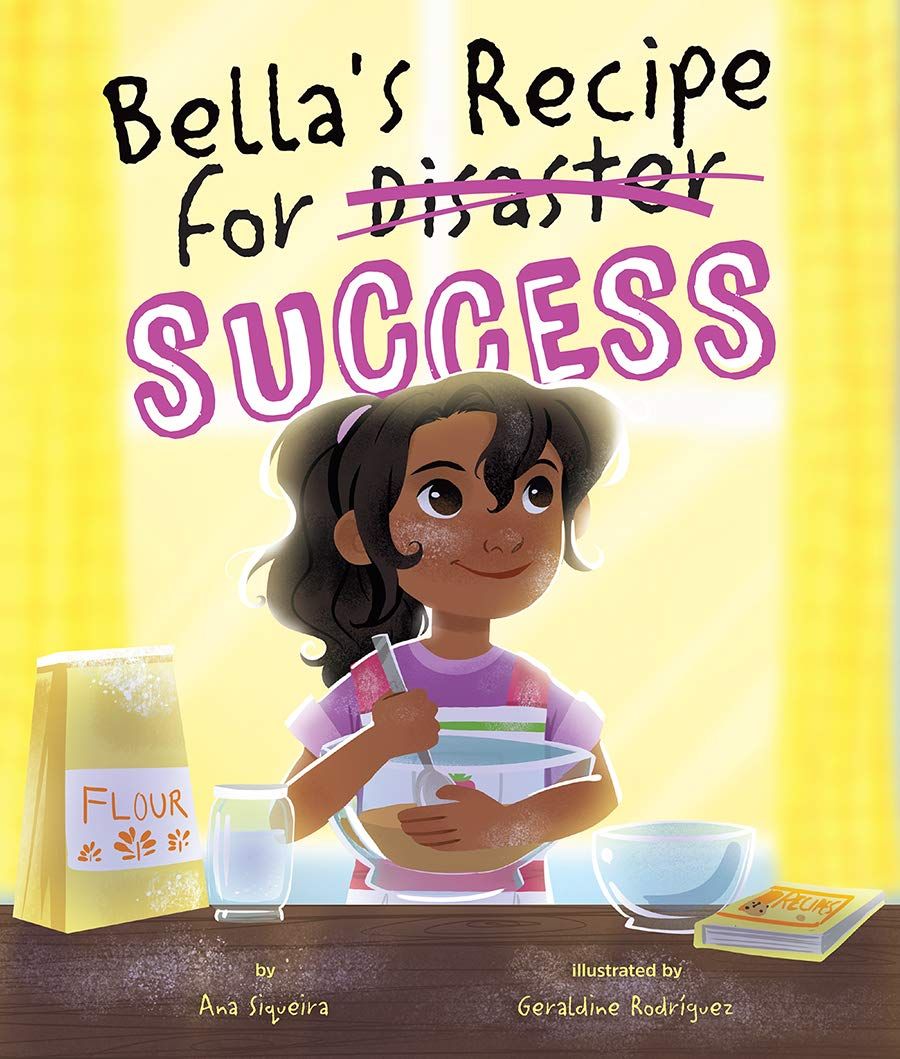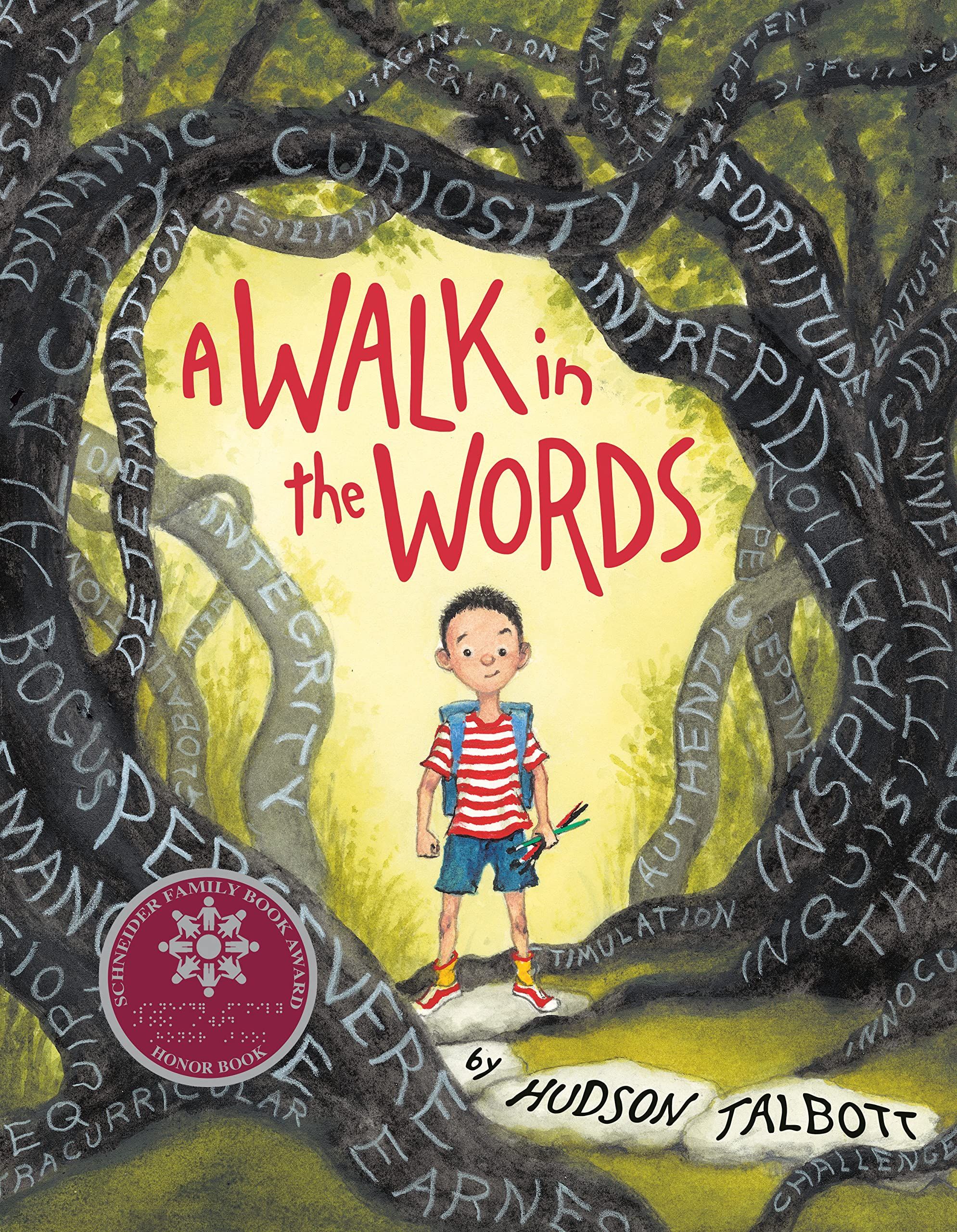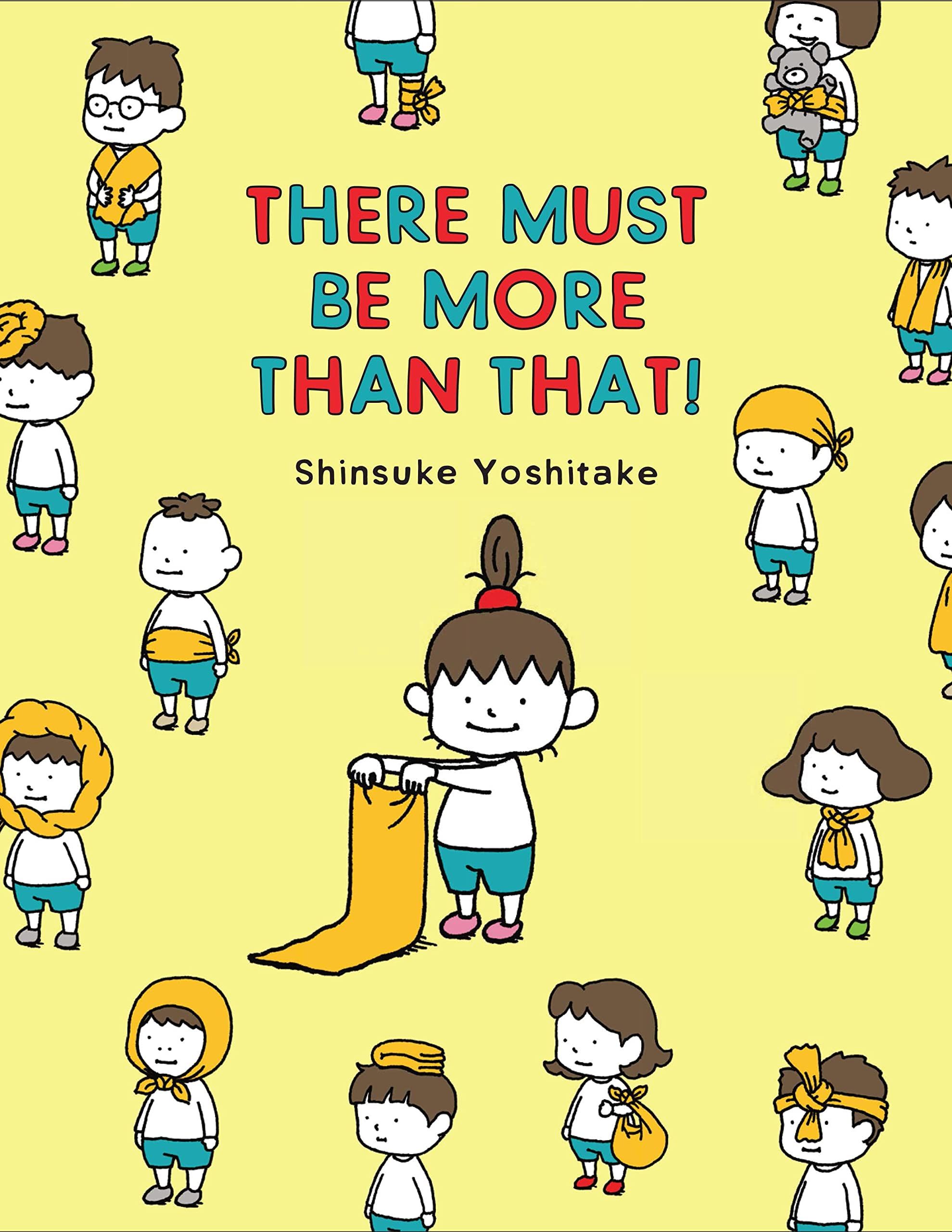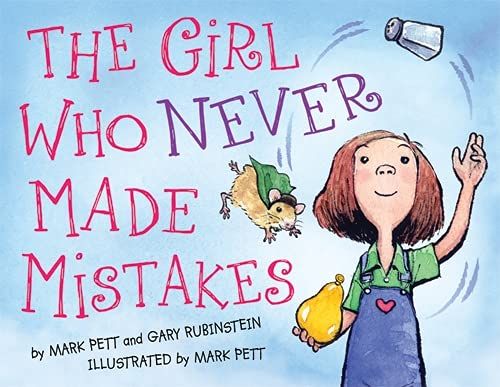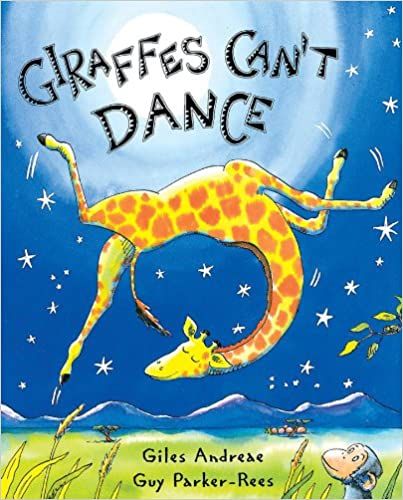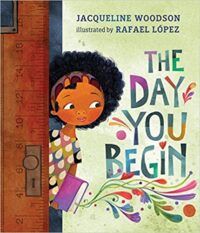Growing up, I had a combination of both mindsets. I had a fixed mindset when I realised I had no natural inclination towards sports, and assumed I was destined to suck at them forever. Newsflash: I still do. But in the past few years, I’ve allowed myself to enjoy activities involving movement. While I might still not win the race, I no longer hold myself back from participating. My growth mindset found its way in activities I loved and received initial praise for. Every time someone praised me for my ability to use words and paints, remember random facts, or make someone smile, it made me want to get better at each of those things. Having a fixed mindset made me avoid trying out any new athletic avenues for years. On the other hand, having a growth mindset led me to building a life around things that bring me joy. I wish someone had told me sooner than I can still learn and get slightly better at things I’m not good at. And even if I don’t get better, I wish I knew that it’s okay to be bad at something and do it anyway. So here’s a list of books that helps teach kids just that. I hope you know it sooner and it opens you up to a world of trying, failing, and hoping. For more awesome picture book recs, check out 11 of The Best Picture Books For Social Emotional Learning and our picture book archives. At age 10, she performed with her older sisters as a part of an amazing all-girl dance band. She even played her bongó drums at a New York birthday celebration for U.S. President Franklin Delano Roosevelt. Her love, courage and skill has led to a lot more female drummers in Cuba. The illustrations are as bright as her dreams, urging us to go after ours. So he did what he calls “painting with words.” He drew the words on a paper to make himself a path to follow. He also learnt that a lot of great people were slow readers as well. Hudson honoured the act of taking his time, and became the fabulous storyteller he is today! Until one time, at the school talent show, she makes a huge mess on stage during her juggling act. Her audience and her go quiet in absolute shock. But Beatrice bursts into laughter and everyone laughs along with her. Her life goes back to normal and no one is in awe of her anymore. But she is free to live, learn, fail, laugh and start over. As she lets go of her perfectionism, she rediscovers her humour and joy. This wonderful story is captured in illustrations that do it justice.

